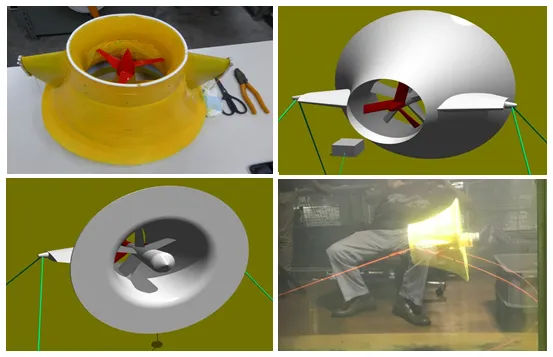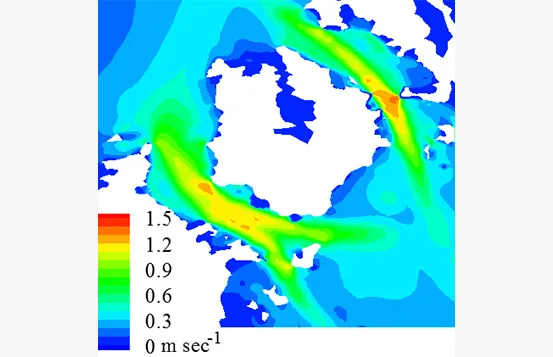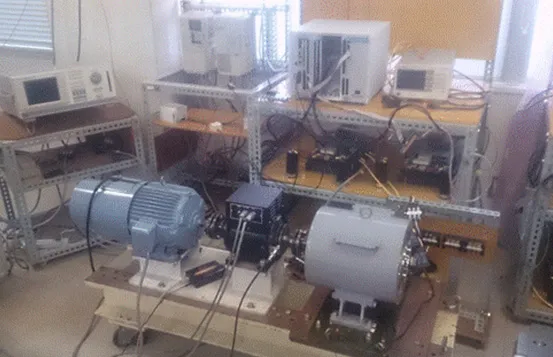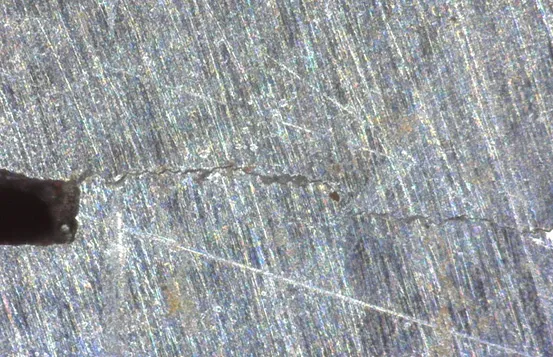development
Marine Energy Development and Research Division
Marine Energy Development and Research Division
There are many types of ocean energy, including tidal currents, ocean currents, tides, waves, and temperature differences, but this division is currently focusing most attention on tidal power generation, which has high energy potential in Nagasaki Prefecture.
In this connection, a marine environment survey in the "tidal current power generation demonstration field" in the Goto Sea area set up in 2014.(Figure 1)(Figure 1)In addition, we are cooperating with and supporting the Ministry of the Environment's "Project to Promote the Practical Application of Tidal Current Power Generation Technology" in the same waters. The power generation devices used in these projects are of the megawatt class, and their early commercialization is long-awaited, but the areas where they can be applied are limited.

Therefore, this division has developed a new type of low-cost, high-efficiency tidal current generator that can be applied in waters where the tidal current speed is not as high as in the Goto Sea area.(Figure 2)as a departmental project and is currently in the process of starting basic research and development.
In addition, we are also planning to conduct joint research with other organizations within and outside the Organization for Ocean Future Innovation.

Energy Science
The expertise of the current members of this field is based on marine environmental engineering, high-speed fluid engineering, thermal engineering, and electrical equipment and control engineering, and the marine energies that have been involved are tidal currents, waves, and temperature differences. Some of our current research results are described below.
(Figure 3 shows the average velocity distribution of the tidal currents at Tanoura and Naruse-do in Goto, from which the locations of tidal power generators can be narrowed down.

We are also conducting research on high-performance evaporators for ammonia using inner spiral-grooved steel tubes for use in ocean thermal energy conversion, and are developing predictive models of heat transfer coefficients and flow aspects.

Structural Engineering
The current members of this field specialize in structural engineering and material strength.
When structures and equipment are used offshore, the primary engineering issues are corrosion and fatigue.
We are considering duplex stainless steel as a corrosion resistant material that can be used in the ocean, and are investigating the fatigue strength of the interface of clad steel, which is a thin duplex stainless steel combined with mild steel from a cost perspective.
(Figure 5) shows fatigue cracks propagating across the interface between duplex stainless steel and mild steel.
In addition, (Figure 6) shows the propagation test results.


